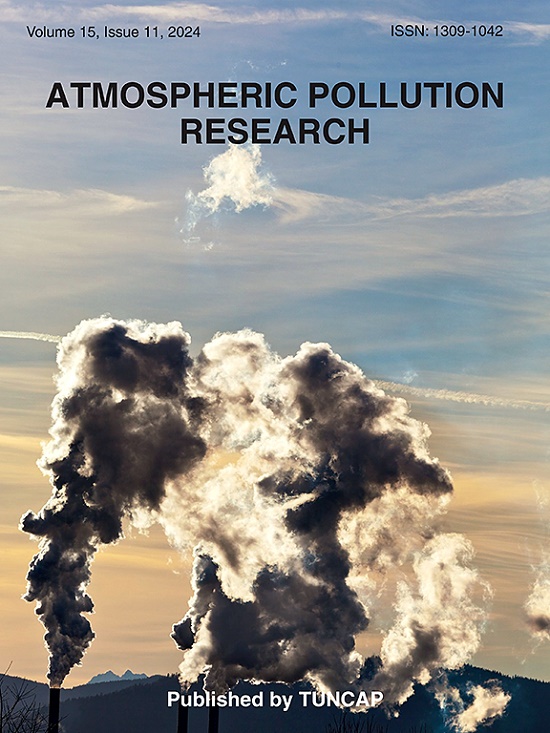Research on regional carbon emission scenario simulation based on GA-BP-KDE under uncertain conditions
IF 3.9
3区 环境科学与生态学
Q2 ENVIRONMENTAL SCIENCES
引用次数: 0
Abstract
The continuous advancement of the “dual carbon” goal presents a persistent challenge for regions striving to balance rapid economic growth with sustainable development. Consequently, investigating scientifically efficient regional carbon emission reduction pathways has become increasingly significant. This study utilizes carbon emission data and related impact factors from 21 cities in Sichuan province spanning 2011 to 2022 to construct a GA-BP-KDE carbon emission interval prediction model. This model, based on the GA-BP point prediction model, accounts for the inherent uncertainty in carbon emission forecasting. Eight scenarios were employed to predict carbon emission intervals and potential “carbon peak” timeframes for Sichuan province from 2021 to 2040. These scenarios were categorized into three groups: “peak,” “possible peak,” and “unable to peak.” Subsequently, a tailored cascade peak pathway was developed for the 21 cities in Sichuan province. The findings reveal: (1) Pearson coefficient correlation measure results indicate that the overall performance of the genetic algorithm-Back propagation network (GA-BP) model (0.985) surpassed that of the Extreme Learning Machine (ELM) (0.900), Random Forest (RF) (0.981), and support vector machine (SVR) (0.982). The validity of the GA-BP-KDE interval prediction model was evaluated using PICP and PINAW metrics. (2) Under baseline, ideal, and low-carbon scenarios, Sichuan province is projected to definitively reach its carbon peak by 2030. In the weak emission reduction scenario, a 2030 peak remains possible. (3) The 21 cities in Sichuan province were classified into three echelons based on their average peak times, with Chengdu and Mianyang positioned in the first echelon. This research introduces a novel approach to studying “carbon peak” pathways, potentially providing decision-makers with more reliable and comprehensive information for formulating rational and effective carbon emission reduction measures.
求助全文
约1分钟内获得全文
求助全文
来源期刊

Atmospheric Pollution Research
ENVIRONMENTAL SCIENCES-
CiteScore
8.30
自引率
6.70%
发文量
256
审稿时长
36 days
期刊介绍:
Atmospheric Pollution Research (APR) is an international journal designed for the publication of articles on air pollution. Papers should present novel experimental results, theory and modeling of air pollution on local, regional, or global scales. Areas covered are research on inorganic, organic, and persistent organic air pollutants, air quality monitoring, air quality management, atmospheric dispersion and transport, air-surface (soil, water, and vegetation) exchange of pollutants, dry and wet deposition, indoor air quality, exposure assessment, health effects, satellite measurements, natural emissions, atmospheric chemistry, greenhouse gases, and effects on climate change.
 求助内容:
求助内容: 应助结果提醒方式:
应助结果提醒方式:


